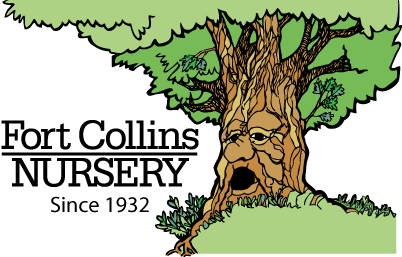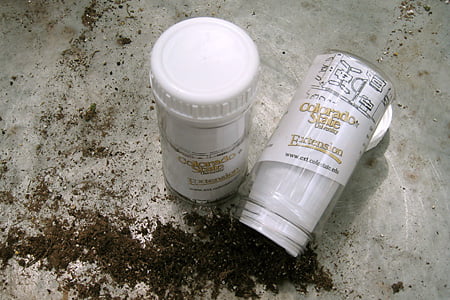By Jesse Eastman Hail is a fact of life. If you’re into gardening, it’s a devastating, frustrating, and anxiety-inducing fact of life, but a fact, nonetheless, and it’s not going […]
Seasonal Tip: Spring
5 gardening projects to get started this May
By Melissa Leavenworth April showers bring May flowers, along with plenty of other opportunities for gardens and landscapes. There are plenty of outdoor projects for beginners and veterans alike that […]
Protect From Frost, Cold
Even the hardiest of vegetables and flowers need protection from frost and freezing temperatures. In Northern Colorado, the average last frost occurs in mid-May, and in Southern Wyoming it can […]
Cool Season Vegetable Gardens
- Season: Spring
Late March is a great time to start planting cool season vegetables. Cool season crops prefer cool daytime temperatures of 60 to 80 degrees, and down to 40 degrees at night. […]
Fertilizing Veggies
As vegetables grow in your garden, they remove important nutrients from the soil that are necessary for development. Adding fertilizer will help replace elements like nitrogen and phosphorus to aid […]
Staking and Supports
Now that you put in the time and effort to plant your garden, don’t forget to give your plants the additional support they need to thrive through the summer. Support […]
Growing pumpkins
Pumpkins, with their edible flesh and long storage life are a warm season crop. They require a long growing season of nearly 85 days, so it’s best to start them […]
Tomatoes: A taste of summer
One of the most popular additions to any vegetable garden is homegrown tomatoes. Nothing beats the taste of a juicy, sweet tomato that has ripened on the vine. At Fort […]
Growing sunflowers
Sunflowers are not only an attractive flower, they also have rich history providing edible seed crops. Sunflowers do best when planted directly in the soil, after night temperatures warm to […]
Test soil before amending
- Season: Spring
Soil tests are one of the most essential keys to a successful landscape. Many people add an all-in-one fertilizer every spring, thinking one application and forget about it. This can […]










